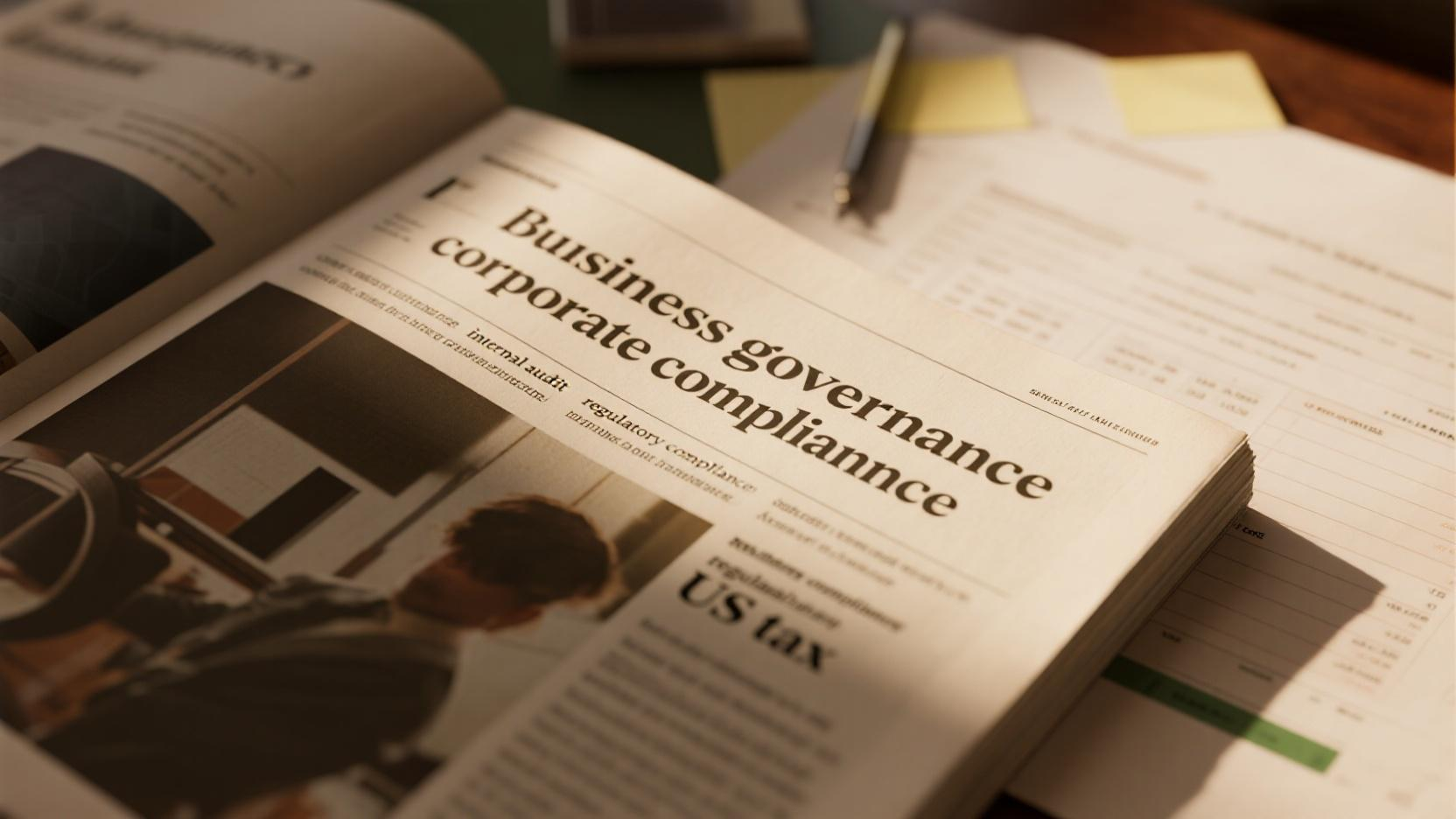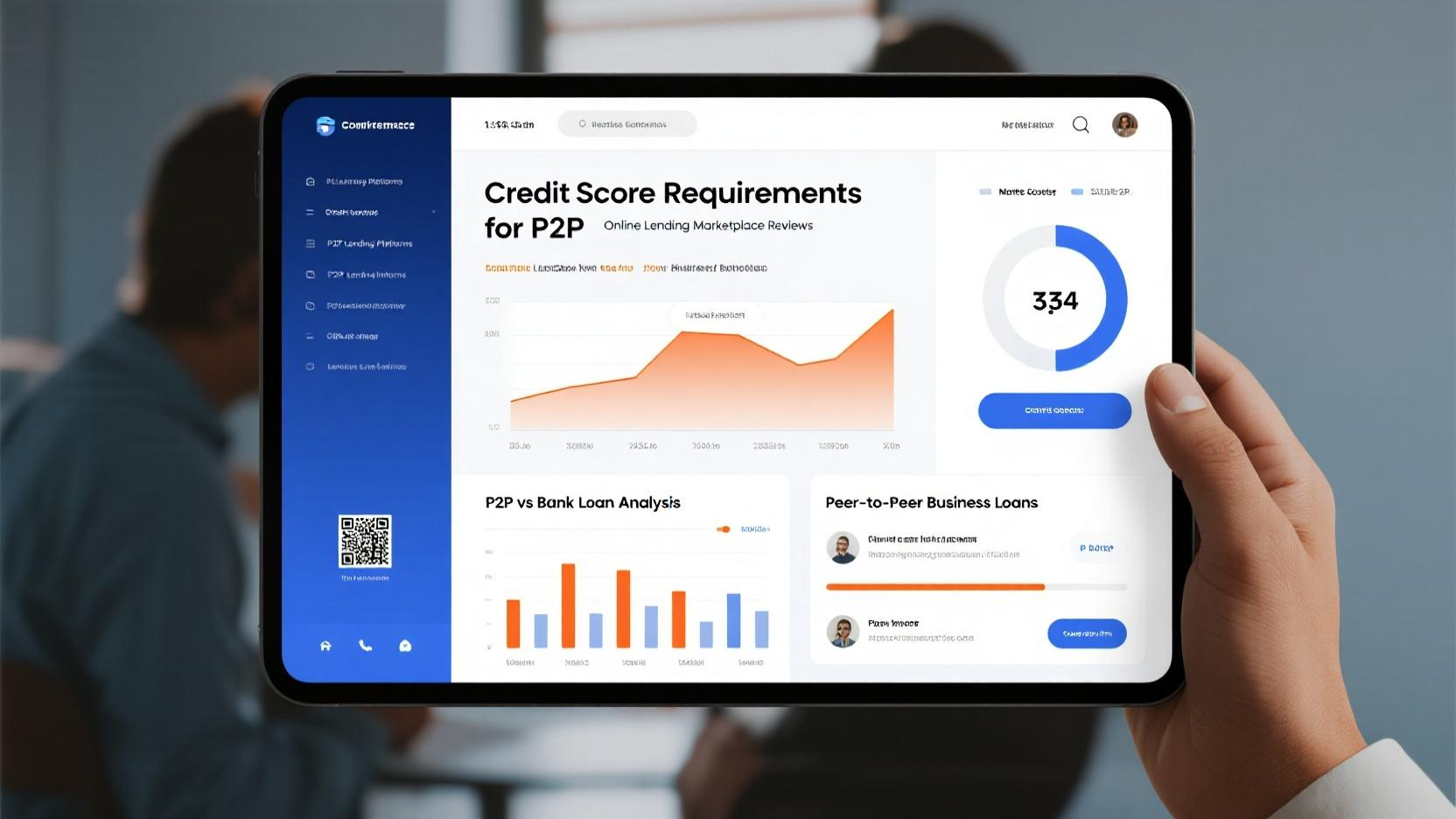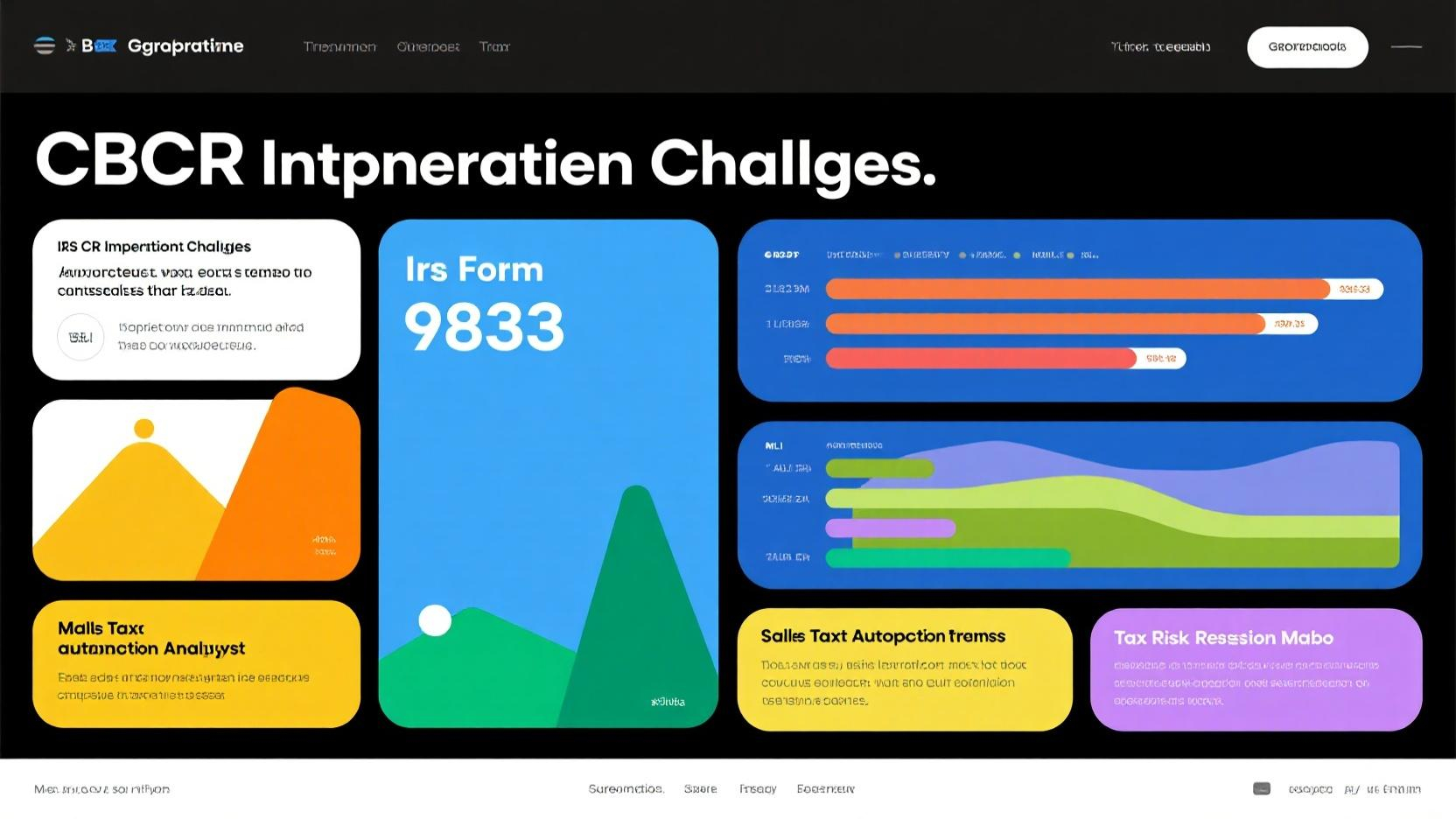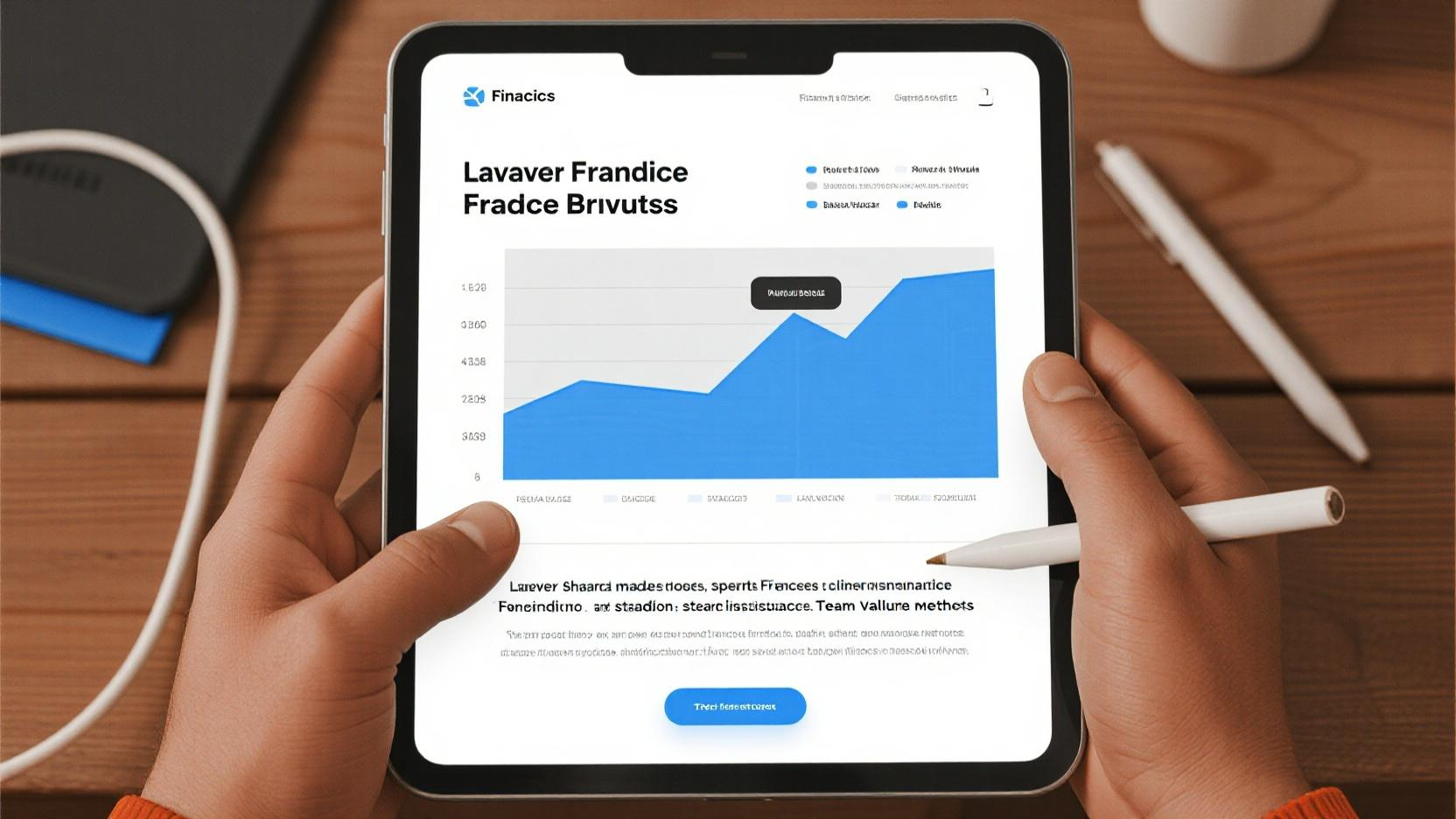Image Source: pexels
Internal audit systems play a pivotal role in safeguarding organizations against compliance failures and operational risks. They ensure accountability by identifying vulnerabilities and recommending actionable improvements. For instance, 40% of surveyed risk leaders reported enhanced compliance strategies through improved risk management. Despite this, 60% of organizations still rely on manual methods like spreadsheets, underscoring the need for robust systems. Learning how to establish an effective internal audit system for compliance is crucial. Proactively implementing internal audits not only strengthens regulatory adherence but also fosters long-term operational excellence.
Key Takeaways
- Create clear rules and steps for your audit system. Use SMART goals to make sure they are clear and doable.
- Use technology to make your audits better. Tools like audit software can save time, reduce mistakes, and give quick updates.
- Check and improve your audit plan often. This keeps it useful and matches new rules and business changes.
Understanding Internal Audit Systems
Defining Internal Audit Systems
Internal audit systems serve as a structured framework for evaluating an organization’s operations, ensuring they align with established policies, regulations, and objectives. These systems provide an independent assessment of internal controls, risk management, and governance processes. According to the report Defining, Measuring, and Communicating the Value of Internal Audit, internal audits add measurable value by identifying inefficiencies and offering actionable recommendations. Furthermore, the report Moving Internal Audit Deeper Into the Digital Age highlights the evolving role of internal audits in addressing risks associated with automation and digital transformation. These insights underscore the foundational role of internal audit systems in modern organizations.
The Importance of Compliance in Organizations
Compliance is a cornerstone of organizational integrity and sustainability. Adhering to regulatory requirements not only protects businesses from legal and financial repercussions but also fosters trust among stakeholders. U.S. businesses, for instance, incur an average compliance cost of $10,000 per employee, emphasizing the financial significance of regulatory adherence. Non-compliance can lead to severe consequences, including legal actions and reputational damage. Compliance audits ensure organizations meet these obligations, promoting ethical behavior and robust corporate governance. This proactive approach aligns with the broader goal of learning how to establish an effective internal audit system for compliance.
How Internal Audits Mitigate Risks and Ensure Accountability
Internal audits play a critical role in identifying and mitigating risks while enhancing accountability. By evaluating processes and controls, they uncover vulnerabilities that could lead to operational inefficiencies or compliance failures. For example, a case study revealed that after implementing internal audit recommendations, defective units decreased from 5% to 3%, and production time improved by two hours. These tangible outcomes demonstrate how internal audits drive operational improvements and accountability. Moreover, tracking metrics such as the value of implemented recommendations and auditee satisfaction provides a clear measure of the audit system’s effectiveness.
Key Components of an Effective Internal Audit System
Establishing Clear Policies and Procedures
Clear policies and procedures form the backbone of an effective internal audit system. Organizations should establish SMART (Specific, Measurable, Achievable, Relevant, Time-bound) objectives to ensure audit goals are both clear and attainable. Defining the audit scope is equally critical, as it aligns the audit process with organizational goals and risk management strategies. A well-defined audit plan serves as a roadmap, enhancing focus and alignment with strategic objectives. Open communication with stakeholders throughout the audit process fosters transparency and trust. Regular updates to the audit plan ensure it remains relevant in the face of evolving business environments.
Defining Roles and Responsibilities
Clearly defined roles and responsibilities optimize audit performance by ensuring accountability and efficiency. Assigning specific tasks to team members based on their expertise enhances the quality of the audit process. For example, energy audits in data centers provide detailed insights into consumption patterns, highlighting opportunities for improvement. This approach not only drives technological enhancements but also ensures compliance with regulatory standards. Collaboration among team members and management further strengthens the audit process, creating a cohesive framework for achieving organizational objectives.
Leveraging Tools and Technology for Auditing
Technology plays a pivotal role in modernizing internal audit systems. Audit management software improves accuracy and efficiency by automating repetitive tasks, reducing human error, and providing real-time dashboards for tracking progress. These tools also facilitate collaboration among team members, ensuring a seamless audit process. By incorporating automation into audit recommendations, organizations can streamline processes and enhance operational efficiency. The level of automation in recommendations serves as a key metric for evaluating the effectiveness of an internal audit system.
Setting Standards for Reporting and Documentation
Comprehensive reporting and documentation standards are essential for audit effectiveness. An effective audit report should include the scope, objectives, methodology, findings, and actionable recommendations. Each finding must be supported by evidence to ensure transparency and accountability. Key components of audit documentation include significant risks, findings, misstatements, and internal control deficiencies. For instance, a schedule of accumulated misstatements provides insights into the nature and causes of errors, enabling corrective actions. Regular communication with the audit committee ensures that all significant matters are addressed, fostering a culture of continuous improvement.
Step-by-Step Guide to Establishing an Internal Audit System

Image Source: unsplash
Outlining the Purpose and Objectives of the Audit
Clearly defining the purpose and objectives of an audit ensures a focused and effective process. Organizations should begin by identifying the specific goals they aim to achieve, such as regulatory compliance, operational efficiency, or risk mitigation. For example, Bosko Pharma successfully aligned its audit objectives with regulatory compliance and data integrity, resulting in a more targeted approach. Engaging stakeholders early in the process helps align the audit’s purpose with organizational priorities, ensuring meaningful outcomes. Additionally, setting clear expectations provides a roadmap for auditors, guiding their actions and decisions throughout the engagement.
Identifying Key Departments and Processes
Selecting the right departments and processes for auditing is critical. Organizations should focus on areas with high financial, operational, or compliance risks. Metrics like client satisfaction scores, audit report cycle times, and the percentage of implemented recommendations can help pinpoint these areas. For instance, tracking the frequency of surprises during exit meetings highlights gaps in preparation or process understanding. A table summarizing key metrics can provide clarity:
| Metric | Description |
|---|---|
| Percentage of Implemented Recommendations | Tracks follow-through on audit suggestions. |
| Report Cycle Times | Measures efficiency in completing audit reports. |
| Frequency of Surprises at Exit Meetings | Identifies unexpected findings during audits. |
Developing a Structured Audit Program
A structured audit program ensures consistency and thoroughness. The process typically involves six steps: determining the audit scope, selecting an auditor, preparing for the audit, conducting the audit, creating the audit report, and remediating nonconformities. Each step builds on the previous one, creating a cohesive framework. For example, preparing for the audit involves gathering relevant documents and data, which streamlines the subsequent stages. Monitoring the percentage of the audit plan completed and the number of issues identified can help assess the program’s effectiveness.
Conducting the Audit and Analyzing Findings
During the audit, auditors collect evidence to evaluate the effectiveness of internal controls and processes. Reliable and sufficient evidence is crucial for drawing accurate conclusions. Common findings include insufficient preparation, reliance on unreliable sources, and poor record-keeping. Addressing these issues requires a systematic approach. For instance, auditors should document all findings comprehensively, ensuring transparency and accountability. Post-audit analysis involves identifying root causes and prioritizing recommendations based on their impact and feasibility.
Implementing Corrective Actions and Continuous Monitoring
Implementing corrective actions involves addressing identified issues and preventing their recurrence. Establishing baseline metrics, such as defects per month, helps measure the effectiveness of these actions. Continuous monitoring ensures that solutions remain effective over time. For example, tracking progress against baseline metrics provides insights into whether corrective measures have resolved the problem without introducing new challenges. Regular feedback loops and data collection further enhance the monitoring process, fostering a culture of continuous improvement.
Best Practices for Maintaining and Improving the System
Regular Training and Skill Development
Continuous training ensures that internal audit teams remain proficient in emerging trends and technologies. Organizations should prioritize skill development in areas like data analytics, risk management, and compliance. Over 60% of internal auditors now specialize in fields such as technology and governance, reflecting the growing need for expertise in these domains. Regular workshops and certifications help auditors stay updated on regulatory changes and industry standards.
Tip: Encourage cross-functional training to enhance collaboration between departments and improve the overall audit process.
Tracking the value of audit recommendations also highlights the importance of skill development. For instance, identifying duplicate payments or streamlining processes demonstrates the tangible benefits of a well-trained team. Monitoring the closure of audit observations further ensures that risks are mitigated effectively.
Using Technology for Continuous Monitoring
Technology plays a transformative role in modern internal audits. Tools like data analytics and automation enhance efficiency, accuracy, and coverage. Continuous auditing, which automates control and risk assessments, allows for more frequent evaluations. This approach improves decision-making and risk management by uncovering hidden insights. For example, Oke Data’s integration of data analytics significantly enhanced audit outcomes, enabling the team to identify risks in real time.
Note: Over 80% of internal auditors now use technology to streamline their processes, underscoring its critical role in maintaining an effective system.
Real-time data and automated tools also ensure ongoing financial accuracy, reducing the likelihood of errors or fraud. Organizations should invest in these technologies to stay ahead in a rapidly evolving landscape.
Periodic Review and Updates to the Audit Framework
Regular reviews ensure that the audit framework remains relevant and effective. Quantitative measures show a positive trend in audit quality over time, with fewer regulatory findings in high-risk files globally. Periodic updates address changes in regulations, business operations, and emerging risks.
| Evidence Type | Description |
|---|---|
| Regulatory Findings | The number of regulatory findings in high-risk audit files has decreased globally. |
| Audit Quality Trend | Quantitative measures indicate a positive trend in audit quality over time. |
| Public Interest Entity Audits | Findings represent a small fraction of the thousands of audits conducted in IFIAR jurisdictions. |
Organizations should establish a schedule for reviewing their frameworks, ensuring alignment with industry benchmarks and best practices. This proactive approach fosters continuous improvement and strengthens compliance efforts.
Establishing an effective internal audit system involves defining objectives, identifying key processes, and implementing structured programs. Compliance safeguards organizational integrity while fostering trust among stakeholders. Internal audits serve as proactive tools for continuous improvement and risk management. Organizations adopting these practices strengthen their resilience and ensure long-term operational success.
Tip: Regularly review and update audit frameworks to address emerging risks effectively.
FAQ
What is the primary purpose of an internal audit system?
An internal audit system evaluates processes, identifies risks, and ensures compliance with regulations. It supports operational efficiency and strengthens governance within an organization.
How often should internal audits be conducted?
Organizations should conduct internal audits regularly, depending on their risk profile and industry standards. Quarterly or annual audits are common practices for maintaining compliance.
Can small businesses benefit from internal audit systems?
Yes, small businesses can benefit significantly. Internal audits help identify inefficiencies, ensure regulatory compliance, and improve operational processes, fostering long-term growth and sustainability.












